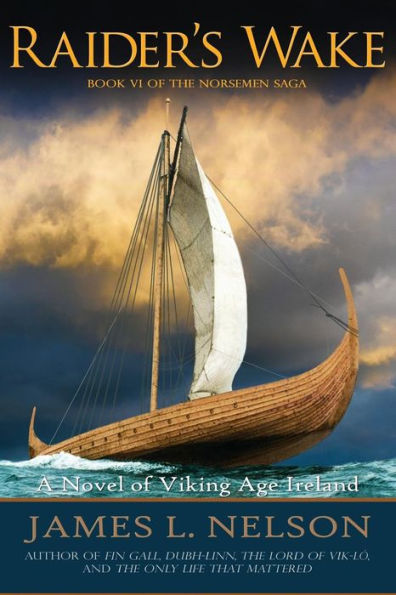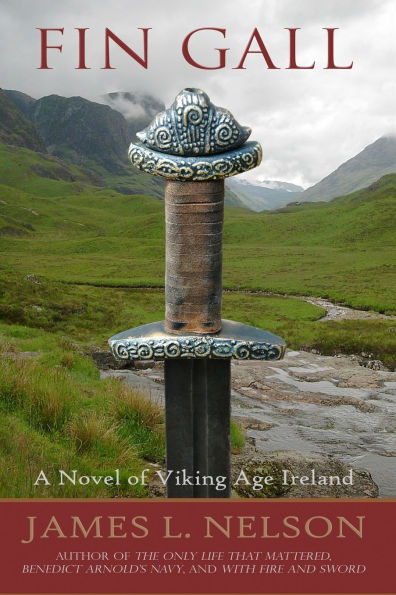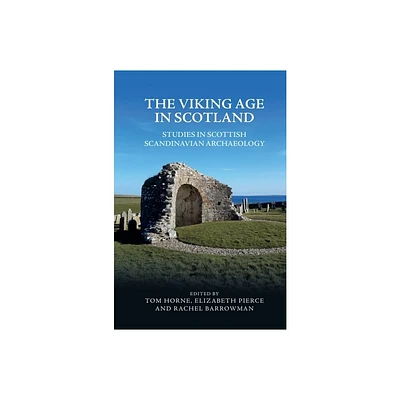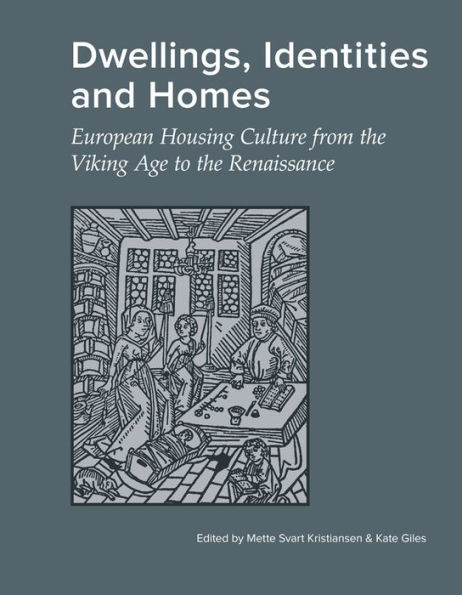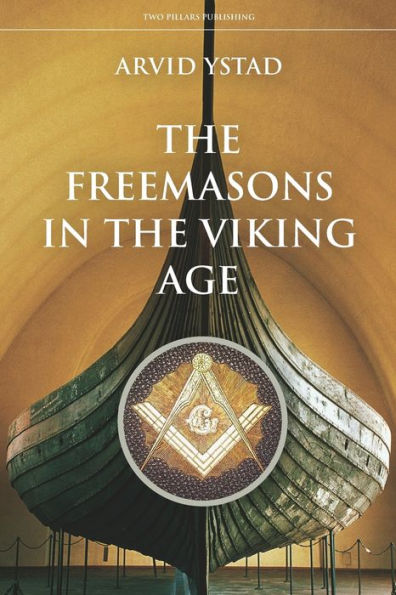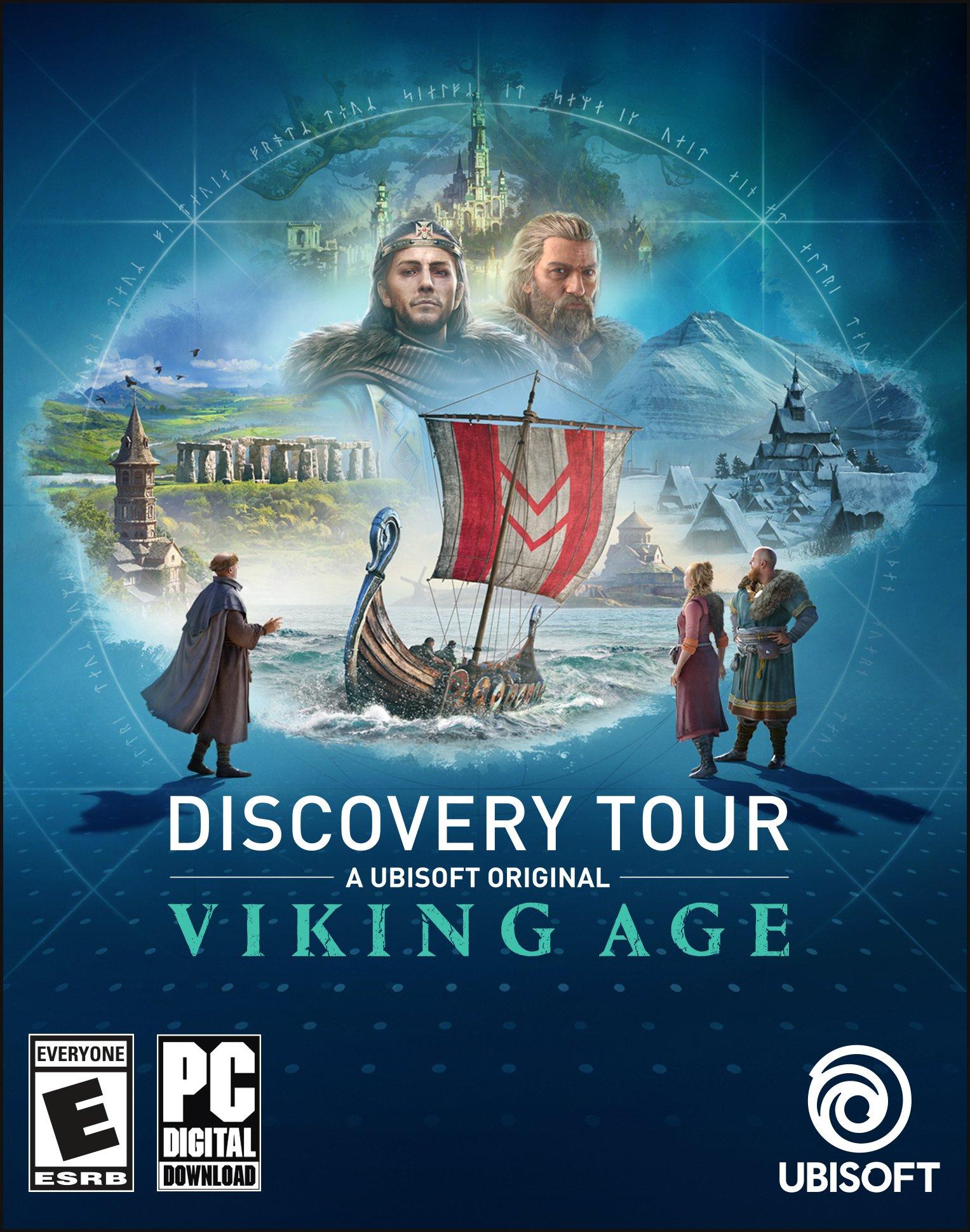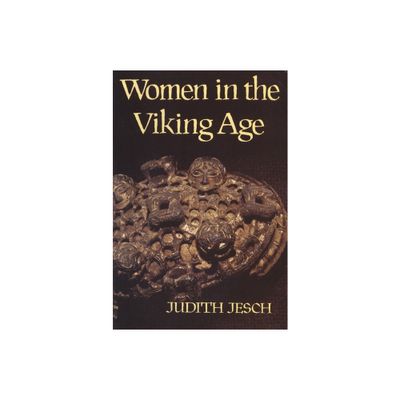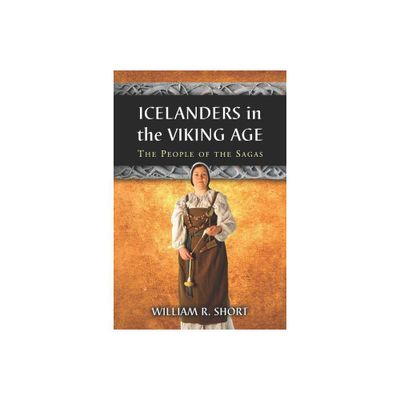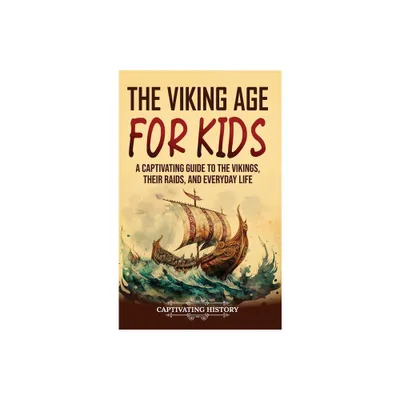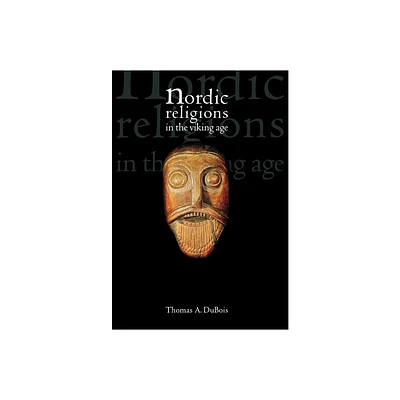Home
Exploring Ireland's Viking-Age Towns: Houses and Homes
Loading Inventory...
Barnes and Noble
Exploring Ireland's Viking-Age Towns: Houses and Homes
Current price: $190.00
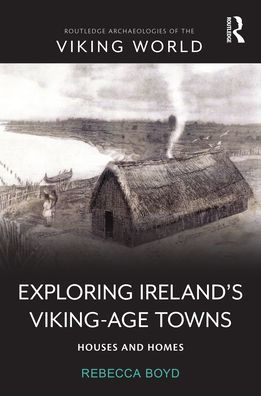

Barnes and Noble
Exploring Ireland's Viking-Age Towns: Houses and Homes
Current price: $190.00
Loading Inventory...
Size: Hardcover
*Product Information may vary - to confirm product availability, pricing, and additional information please contact Barnes and Noble
Exploring Ireland’s Viking-Age Towns
discusses the emergence of towns, urban lifestyles, and urban identities in Ireland. This coincides with the arrival of the Vikings and the appearance of the post-and-wattle Type 1 house. These houses reflect this crucial transition to urban living with its attendant changes for individuals, households, and society.
uses household archaeology as a lens to explore the materiality, variability, and day-to-day experiences of living in these houses. It moves from the intimate scale of individual households to the larger scale of Ireland’s earliest urban communities. For the first time, this book considers how these houses were more than just buildings: they were homes, important places where people lived, worked, and died. These new towns were busy places with a multitude of people, ideas, and things. This book uses the mass of archaeological data to undertake comparative analyses of houses and properties, artefact distribution patterns, and access analysis studies to interrogate some 500 Viking-Age urban houses. This analysis is structured in three parts: an investigation of the houses, the households, and the town.
discusses how these new urban households managed their homes to create a sense of place and belonging in these new environments and allow themselves to develop a new, urban identity.
This book is suited to advanced students and specialists of the Viking Age in Ireland, but archaeologists and historians of the early medieval and Viking worlds will find much of interest here. It will also appeal to readers with interests in the archaeology of house and home, households, identities, and urban studies.
discusses the emergence of towns, urban lifestyles, and urban identities in Ireland. This coincides with the arrival of the Vikings and the appearance of the post-and-wattle Type 1 house. These houses reflect this crucial transition to urban living with its attendant changes for individuals, households, and society.
uses household archaeology as a lens to explore the materiality, variability, and day-to-day experiences of living in these houses. It moves from the intimate scale of individual households to the larger scale of Ireland’s earliest urban communities. For the first time, this book considers how these houses were more than just buildings: they were homes, important places where people lived, worked, and died. These new towns were busy places with a multitude of people, ideas, and things. This book uses the mass of archaeological data to undertake comparative analyses of houses and properties, artefact distribution patterns, and access analysis studies to interrogate some 500 Viking-Age urban houses. This analysis is structured in three parts: an investigation of the houses, the households, and the town.
discusses how these new urban households managed their homes to create a sense of place and belonging in these new environments and allow themselves to develop a new, urban identity.
This book is suited to advanced students and specialists of the Viking Age in Ireland, but archaeologists and historians of the early medieval and Viking worlds will find much of interest here. It will also appeal to readers with interests in the archaeology of house and home, households, identities, and urban studies.

